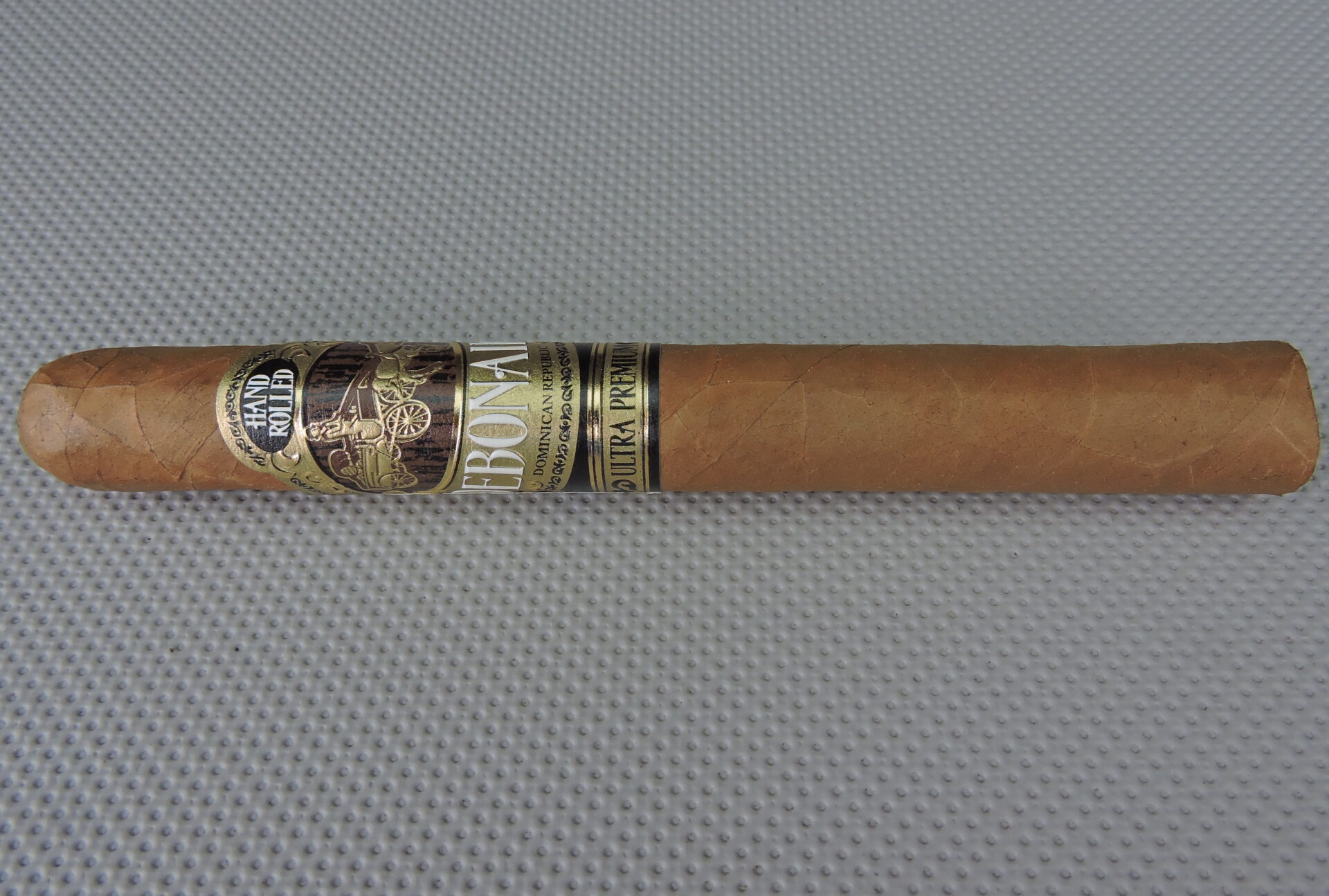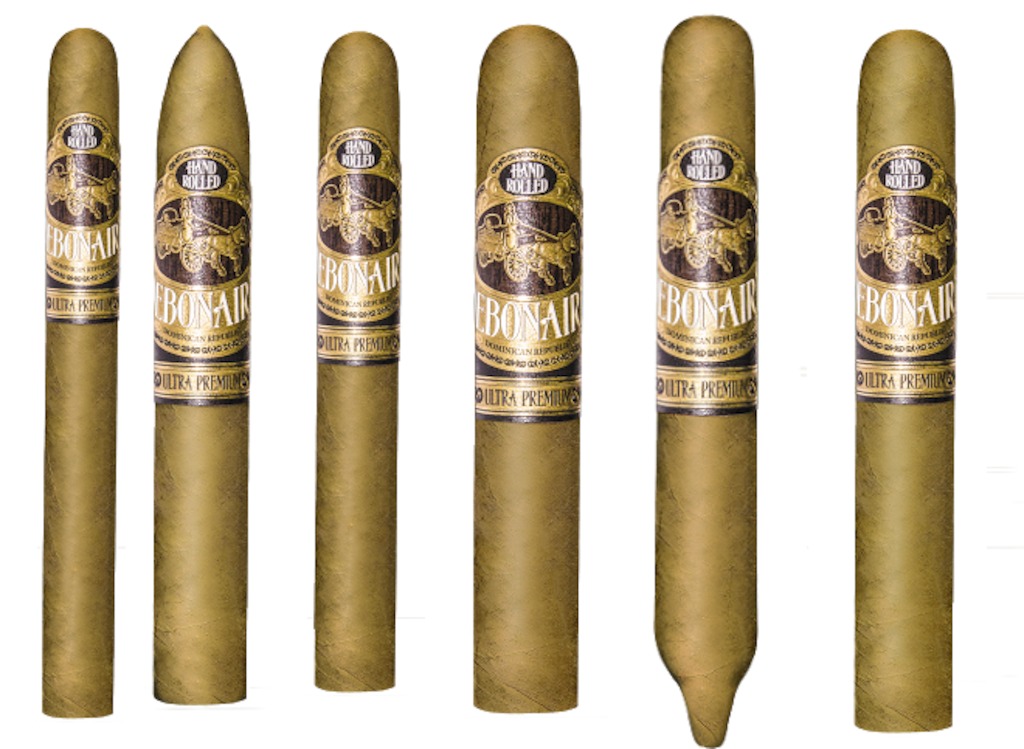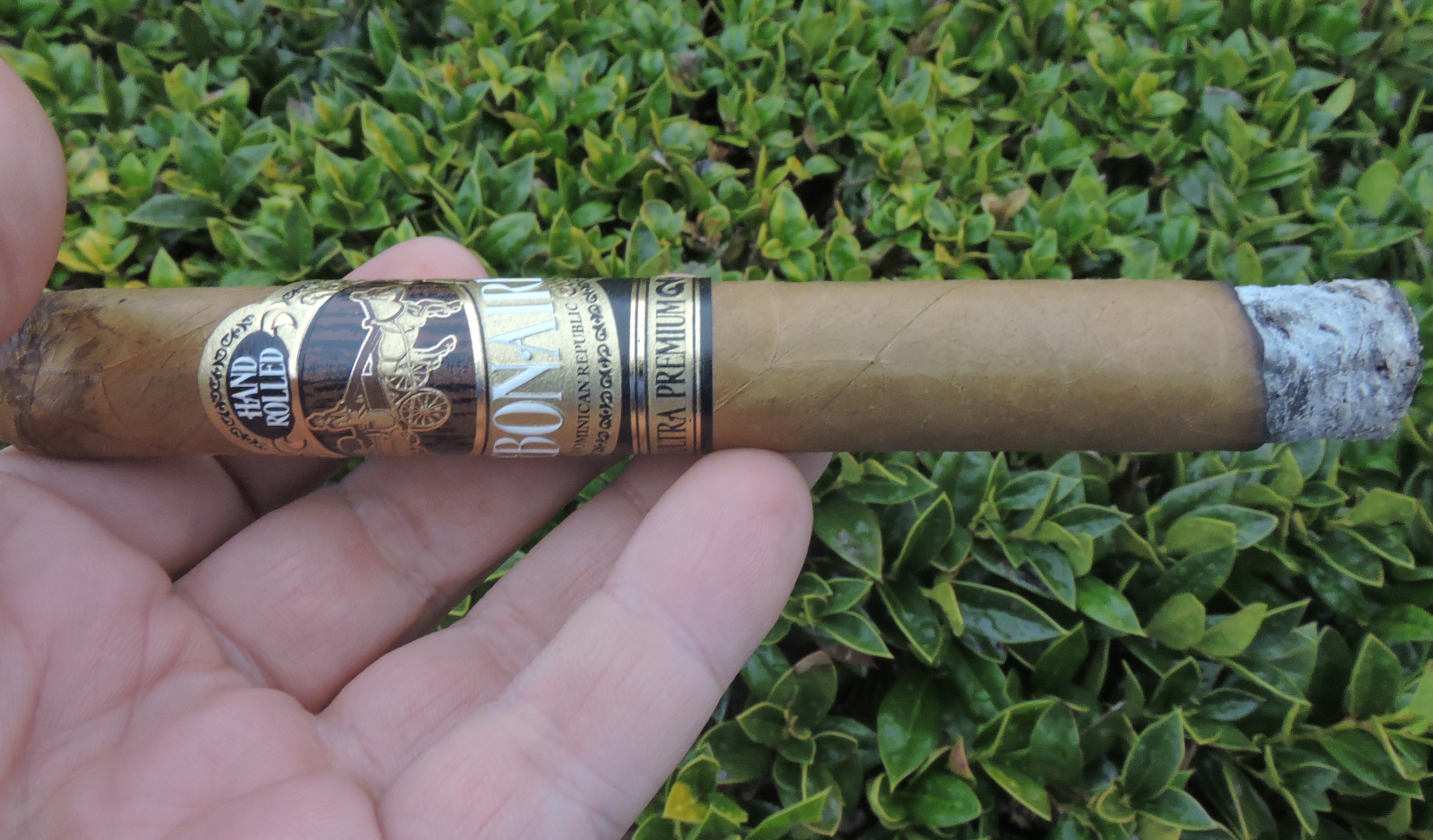
The Debonaire Daybreak is the fifth blend to be released by Phil Zanghi‘s Debonaire House operation. Debonaire House consists of two distinct brands, Debonaire and Indian Motorcycle Cigars. Up until the release of Daybreak, both Debonaire and Indian Motorcycle Cigars consisted of a Habano and Maduro wrapped blend. With Daybreak, Zanghi ventures into some different territory as he has added an Ecuadorian Connecticut wrapped offering into the Debonaire House portfolio under the Debonaire brand. The cigar had its official launch at the 2017 IPCPR Trade Show and made its way to retailers late in 2017. Today, we take a look at the Debonaire Daybreak in the 6 x 46 Corona size.
Debonaire Daybreak has been a project Zanghi has been working on for quite some time. The one thing that had been missing from the Debonaire House portfolio was a milder, Connecticut Shade offering. As he was working on the Debonaire Daybreak, Zanghi worked on a series of blends. In the end, he decided to come full circle and work with the common components from the Debonaire Habano and the Debonaire Maduro – namely, the same binder and filler both of those blends have. Debonaire Daybreak is also a significant release because it is the first major release for Zanghi since he partnered with Drew Estate to handle his company’s sales and distribution.

Without further ado, let’s break down the Debonaire Daybreak Corona and see what this cigar brings to the table.
Blend Profile
The Debonaire Daybreak features anEcuadorian Connecticut wrapper aged for two years. The Dominican binder and combination of Dominican and Nicaraguan fillers are what are used on the Debonaire Habano and Debonaire Maduro blends. As with all Debonaire House Cigars, Zanghi works in conjunction with the De Los Reyes factory in the Dominican Republic.
Wrapper: Ecuadorian Connecticut
Binder: Dominican
Filler: Dominican, Nicaraguan
Country of Origin: Dominican Republic (De Los Reyes SA)
Vitolas Available
The Debonaire Daybreak is available in six sizes. Each size is presented in 20-count boxes. The six sizes are common to the Debonaire Habano, Maduro and Daybreak blends. The 6 x 46 Corona size is one of the newest vitolas in the Debonaire portfolio. They were introduced with the Habano and Maduro blends in 2016. When Daybreak was released, the 6 x 46 size was included in the line.
First Degree: 4 x 44
Sagita: 5 1/2 x 38
Corona: 6 x 46
Robusto: 5 x 50
Toro: 6 x 50
Belicoso: 6 x 54

Appearance
The Ecuadorian Connecticut wrapper of the Debonaire Daybreak Corona had a golden brown color with a slightly weathered look to it. I found this to be an elegant Connecticut Shade wrapper. This was a wrapper with a silky as opposed to an oily complexion. This was also quite a smooth wrapper with any visible veins and visible wrapper seams on the thin side.
The Debonaire Daybreak features the brand’s signature gold, brown, black, and white colored band. There is a gold stagecoach that sits on a brown background. Above the stagecoach is a black oval with the text “HAND ROLLED” in white font. Below the stagecoach is the text “DEBONAIRE” in large white font. In small black font below the Debonaire name is the text “DOMINICAN REPUBLIC” in small black font. Toward the lower part of the banding is the text “ULTRA PREMIUM” in black font on a gold background. The remainder of the band has black and gold adornments.
Preparation for the Cigar Experience
Before lighting up the Debonaire Daybreak Corona, I used a straight cut to remove the cap of the cigar. Once the cap was clipped, I moved on to the pre-light draw phase. The dry draw delivered a mix of classic wood and cream notes. In addition to the classic wood, there seemed to be a slight note of cedar spice, an excellent pre-light draw experience. At this point, I was ready to light up the Debonaire Daybreak Corona and see what else this cigar had to offer.
Flavor Profile
The Debonaire Daybreak started out with a mix of classic wood and cream notes. In the background were subtle notes of citrus, black pepper, and natural tobacco. During the first third, the wood and cream alternated in intensity early on. The cream notes eventually took over as the primary note. The cream notes developed a slight coffee flavor mixed in that would remain for the duration of the smoke. Meanwhile, the wood notes diminished into the background and morphed into a cedar note. The cedar joined the citrus, black pepper, and natural tobacco in the background. As for the retro-hale, I detected an additional layer of cedar.
By the second third, the natural tobacco made its way to the forefront joining the cream/coffee combination. At the same time, the cedar and pepper remained in the background. There still was a hint of citrus, but it was quite distant.
Just past the midway point, the natural tobacco notes took over as the sole primary note. The cream/coffee combination was now a close secondary flavor. While the pepper and cedar still remained in the background, there was a slight increase in intensity. There still was an occasional citrus note in the background. By this point, the retro-hale changed into more of a classic black pepper note.
The natural tobacco remained primary going into the final third. By this point, the black pepper on the tongue was now on even par with the cream/coffee combination. There still were notes of cedar in the background. This is the way the Debonaire Daybreak Corona came to a close. The resulting nub was firm to the touch and cool in temperature.
Burn and Draw
Overall, the burn of the Debonaire Daybreak performed excellently. There was a slight curvature on the burn line, but this really didn’t result in additional touch-ups. The cigar also had no problem maintaining a straight burn path. The resulting ash had a light charcoal gray color. This was an ash that was skewed on the firmer side. Meanwhile, the burn rate and burn temperature were both ideal.

The draw to the Debonaire Daybreak Corona also performed quite well. This was a draw that had a touch of resistance to it – which is something that I like. At the same time, this was a low maintenance cigar to derive flavor from.
Strength and Body
In terms of delivering a milder offering in the Debonaire House portfolio, the Debonaire Daybreak Corona is going to do just that. This is a cigar that is going to start out mild to medium in both strength and body. The strength and body of the cigar increases linearly and gradually and by the second half, both attributes move into medium territory. Both the strength and body balanced each other nicely with neither attribute overshadowing the other. I also found that the intensity levels of the strength and body meshed quite well with the flavor profile delivered.
Final Thoughts
There are two general observations I have about the Debonaire Daybreak blend. First up, the 6 x 46 Corona size is really showcasing what this blend has to offer. Second, the blend seems to continue to get better with time in the humidor. I found the name Daybreak to be appropriate because it is the quintessential morning smoke in that it delivers a dialed back, creamy cigar experience. This is also a cigar that delivers a lot of subtle nuances and it is best enjoyed as the first smoke of the day and undistracted.
Overall, I’d recommend the Debonaire Daybreak Corona to any cigar enthusiast. As for myself, not only is this a cigar I would smoke again, it is one I find myself reaching for quite frequently. The Daybreak Corona is not only worthy of a box purchase, but a battle with Chuck Norris.
Summary
Key Flavors: Cream/Coffee combination, Natural Tobacco, Black Pepper, Cedar, Citrus
Burn: Excellent
Draw: Excellent
Complexity: Medium to High
Strength: Mild to Medium (1st Half), Medium (2nd Half)
Body: Mild to Medium (1st Half), Medium (2nd Half)
Finish: Excellent
Rating
Value: Fight Chuck Norris for Them
Score: 93
References
News: Debonaire Daybreak Launching at 2017 IPCPR Trade Show
Price: $11.53
Source: Drew Estate
Brand Reference: Debonaire
Photo Credits: Cigar Coop, except where noted




